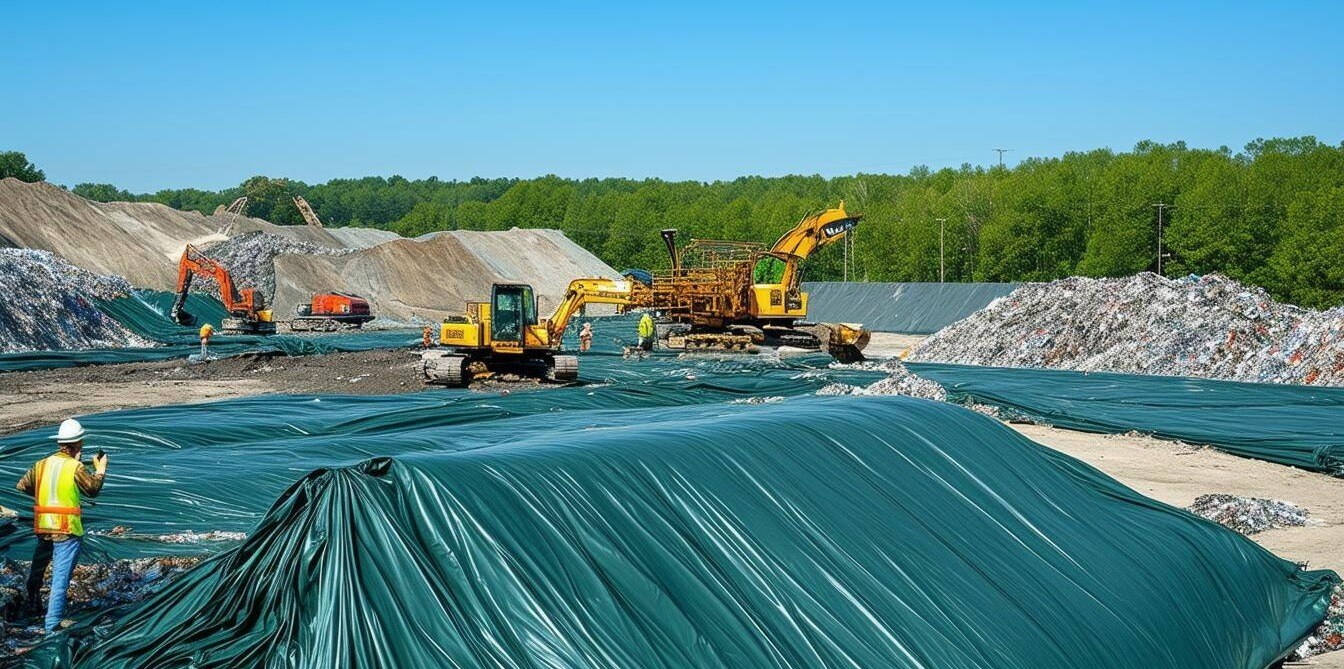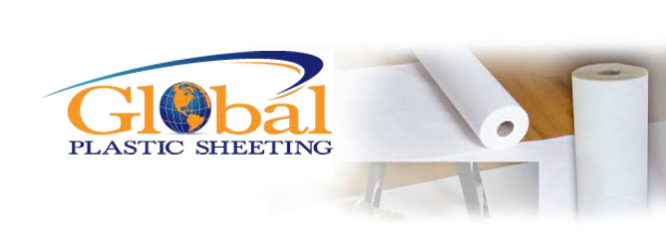Engineered Plastic Sheeting for Soil Containment and Groundwater Solutions

Plastic Liners and Barriers in Soil Containment and Groundwater Remediation
Environmental sustainability is a growing priority across industries, and addressing soil and groundwater contamination is a critical component of this effort. Plastic liners and barriers play an essential role in these projects, providing durable, cost-effective, and environmentally responsible solutions for soil containment and groundwater remediation. From large-scale industrial cleanups to municipal waste management, engineered plastic sheeting has proven indispensable for containing pollutants and protecting natural resources.
What Are Soil Containment and Groundwater Remediation Projects?
Soil containment and groundwater remediation are environmental management processes aimed at addressing contamination caused by industrial waste, chemical spills, or hazardous materials. These projects typically involve isolating contaminated areas, preventing the spread of pollutants, and treating or restoring affected soil and water resources.
- Soil Containment: Prevents the migration of contaminants into surrounding areas by sealing off polluted soil.
- Groundwater Remediation: Focuses on cleaning or isolating polluted water to protect drinking water sources and ecosystems.
How Plastic Liners and Barriers Are Used
Engineered plastic sheeting is a versatile material used in various applications to facilitate soil containment and groundwater remediation:
1. Landfill Liners
- Usage: Plastic liners act as the bottom barrier in landfills, preventing leachate (contaminated liquid) from seeping into groundwater.
- Example: A municipal landfill in Arizona installed HDPE liners to protect surrounding aquifers from hazardous waste.
2. Geomembranes for Containment
- Usage: High-density polyethylene (HDPE) or linear low-density polyethylene (LLDPE) geomembranes are placed over contaminated soil or water to isolate pollutants.
- Example: A chemical manufacturing facility in Texas used a double-layered geomembrane system to contain a spill, avoiding contamination of nearby rivers.
3. Slurry Walls and Vertical Barriers
- Usage: Plastic barriers are installed vertically in trenches to block contaminant migration through groundwater.
- Example: During a cleanup project in Michigan, PVC liners were used in slurry walls to control the spread of toxic chemicals.
4. Pond Liners in Treatment Lagoons
- Usage: Plastic liners are used in wastewater treatment ponds to contain contaminated water during remediation.
- Example: A gold mining site in Nevada lined its treatment ponds with reinforced plastic sheeting to contain runoff and heavy metals.
5. Capping Contaminated Sites
- Usage: Plastic sheeting is used to cap off contaminated soil, preventing rainwater infiltration and subsequent leachate formation.
- Example: A decommissioned industrial site in Pennsylvania employed a multi-layer plastic cap to secure pollutants while restoration efforts progressed.
Why Plastic Sheeting is Helpful in Remediation Projects
Plastic liners and barriers offer several advantages that make them essential in soil and groundwater remediation:
1. Durability and Longevity
- Engineered plastic sheeting resists tears, punctures, and UV degradation, ensuring long-lasting performance in demanding environments.
2. Impermeability
- HDPE and LLDPE liners are highly impermeable, effectively preventing the migration of contaminants.
3. Cost-Effectiveness
- Plastic sheeting is a more affordable alternative to traditional materials like concrete or steel, offering significant savings in large-scale projects.
4. Environmental Protection
- By containing pollutants, plastic barriers protect ecosystems, groundwater supplies, and public health.
5. Flexibility
- Available in various thicknesses and custom sizes, plastic sheeting can be tailored to meet project-specific needs.
Why Engineered Plastic is Important
Not all plastic sheeting is created equal. Engineered plastic sheeting is specifically designed for environmental and industrial applications, offering superior performance and reliability:
1. Material Composition
- High-quality resins, such as HDPE, PVC, and reinforced materials, ensure strength and chemical resistance.
2. Certifications
- Many engineered plastics meet stringent industry standards, such as ASTM and EPA guidelines, guaranteeing safety and compliance.
3. Customization
- Engineered plastic sheeting can be fabricated with specific properties, such as fire retardancy, UV resistance, and multilayer structures.
4. Reduced Environmental Impact
- Using durable, reliable materials minimizes the need for replacements, reducing waste and environmental disruption.
Examples of Projects That Rely on Plastic Sheeting
1. Industrial Waste Cleanup
- A major electronics manufacturer in California used HDPE liners to contain heavy metals during the remediation of a production facility.
2. Mining Site Rehabilitation
- A coal mining company in West Virginia employed plastic liners in sediment ponds to control runoff and prevent toxic discharges into nearby streams.
3. Agriculture Waste Management
- Farms in Iowa installed plastic barriers to contain animal waste lagoons, protecting soil and water from nitrate contamination.
4. Oil Spill Containment
- During an oil spill in Louisiana, plastic sheeting was deployed to create berms that isolated the spill, preventing further groundwater contamination.
How to Choose the Right Plastic Sheeting for Your Project
When selecting plastic liners and barriers for soil containment and groundwater remediation, consider these factors:
-
Material Type:
- HDPE for chemical resistance and durability.
- PVC for flexibility in complex installations.
-
Thickness:
- Thicker sheets provide greater strength for heavy-duty applications.
-
Reinforcement:
- Choose reinforced or multilayer sheeting for added durability in high-stress environments.
-
Environmental Considerations:
- UV-resistant and fire-retardant options for outdoor applications.
-
Installation Requirements:
- Evaluate ease of installation, including compatibility with trenching and welding techniques.
At Global Plastic Sheeting, we specialize in engineered plastic liners and barriers designed for soil containment and groundwater remediation projects. With a wide range of high-quality options, we provide solutions that meet the demands of even the most challenging environmental applications. Contact us today to find the perfect plastic sheeting for your project and take the first step toward effective environmental management.
This comprehensive guide showcases the vital role plastic sheeting plays in environmental protection, highlighting its versatility, cost-effectiveness, and reliability. Ready to explore your options? Get in touch with us today!
Please visit our Product Page for Contianment Solutions Click the button here


